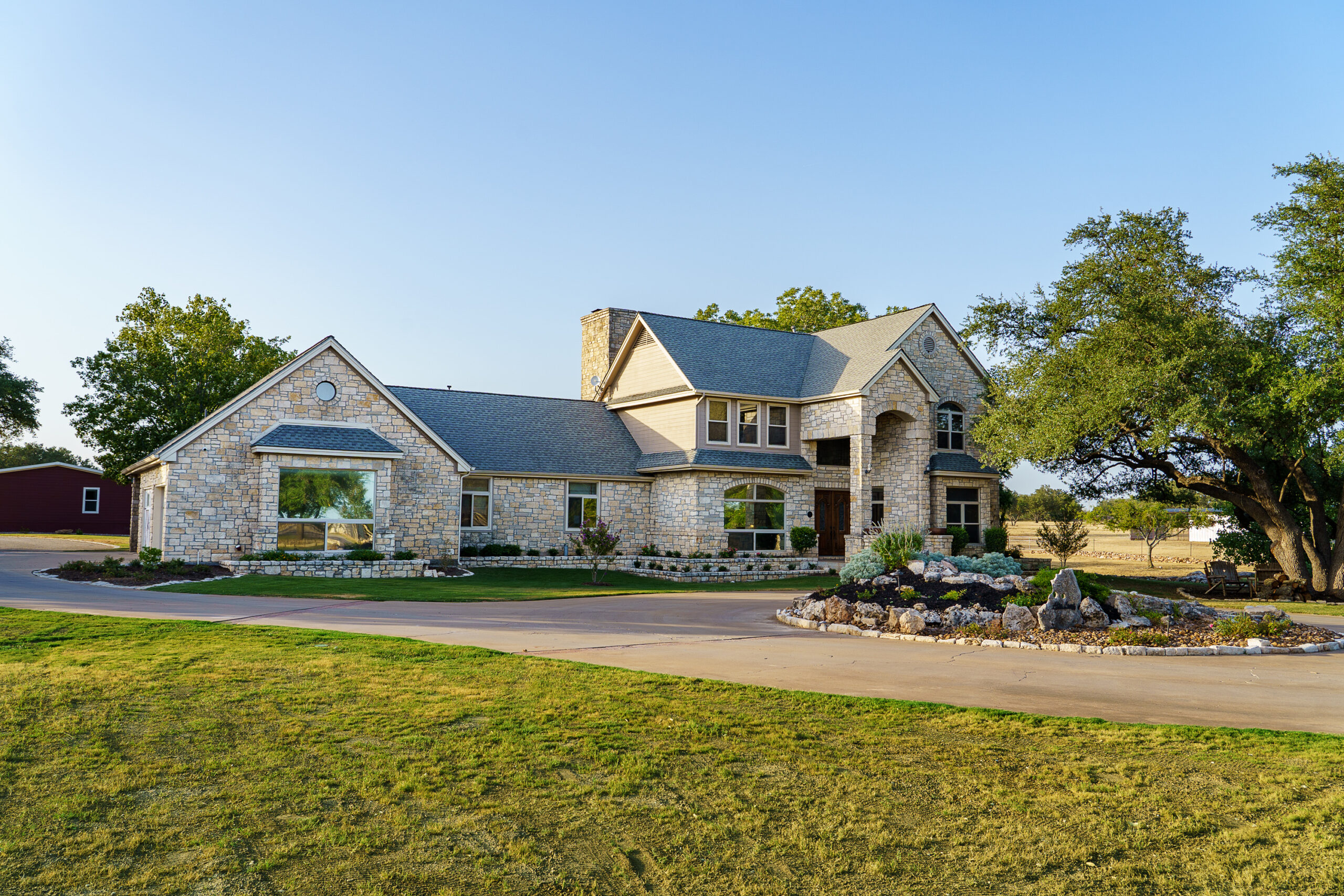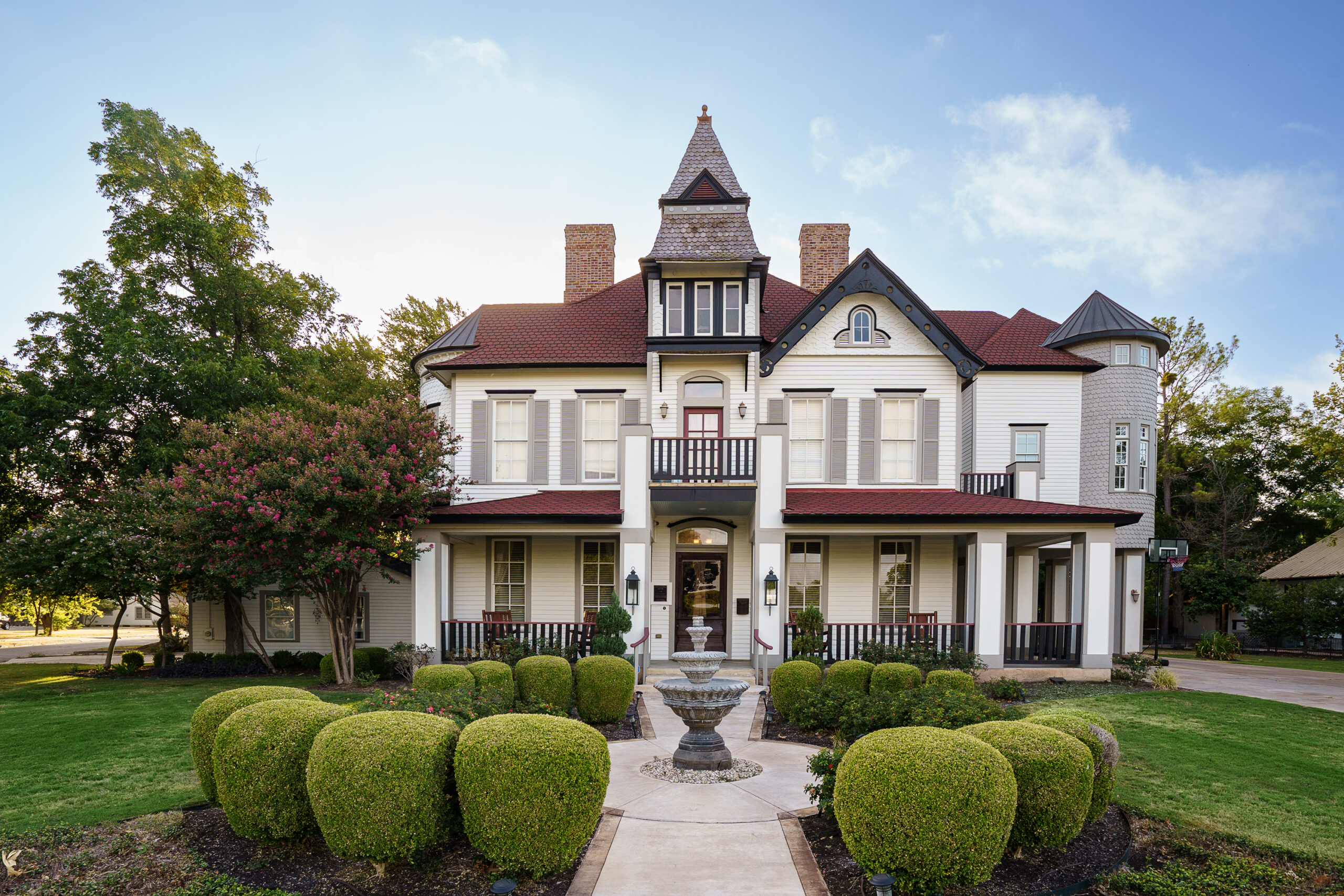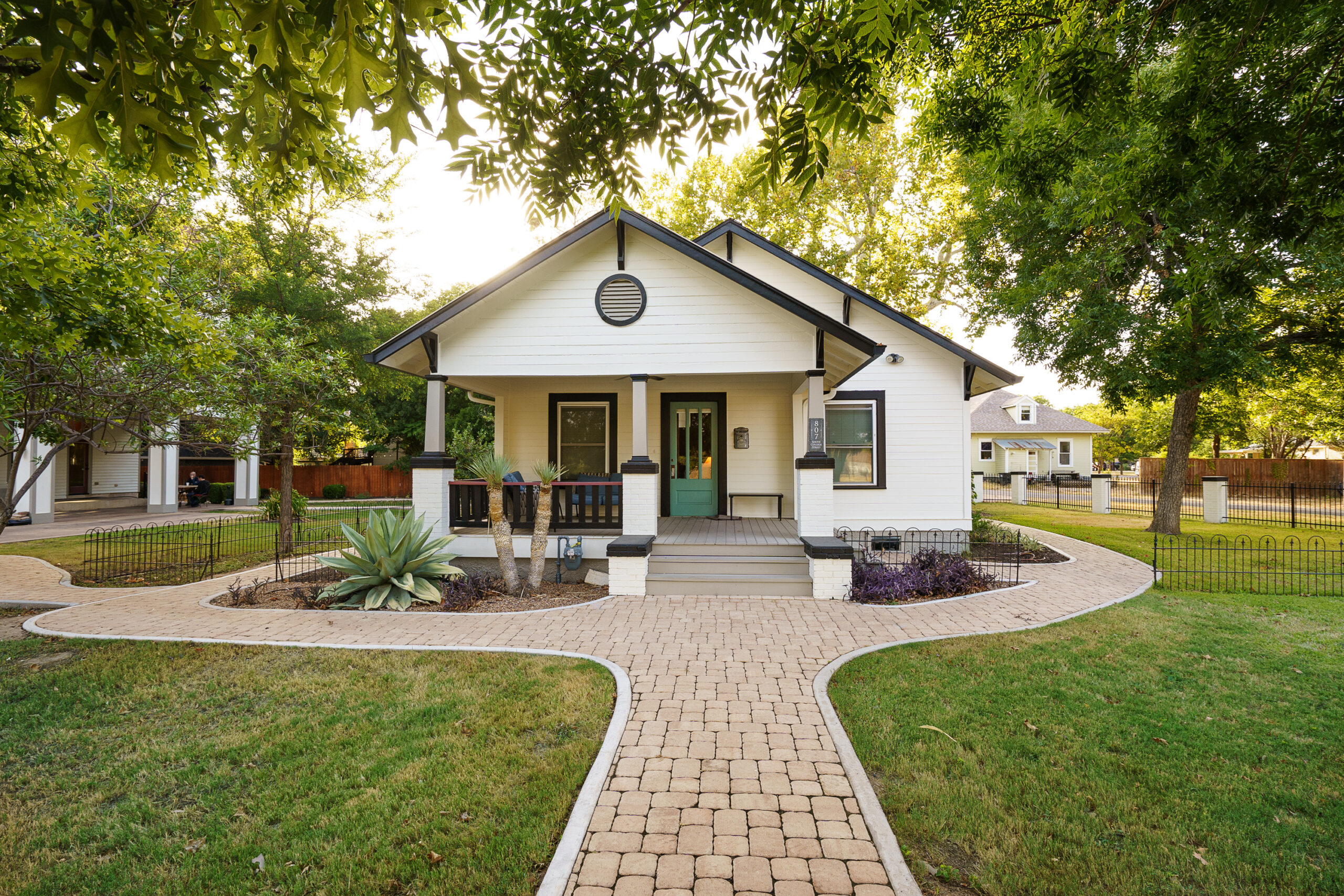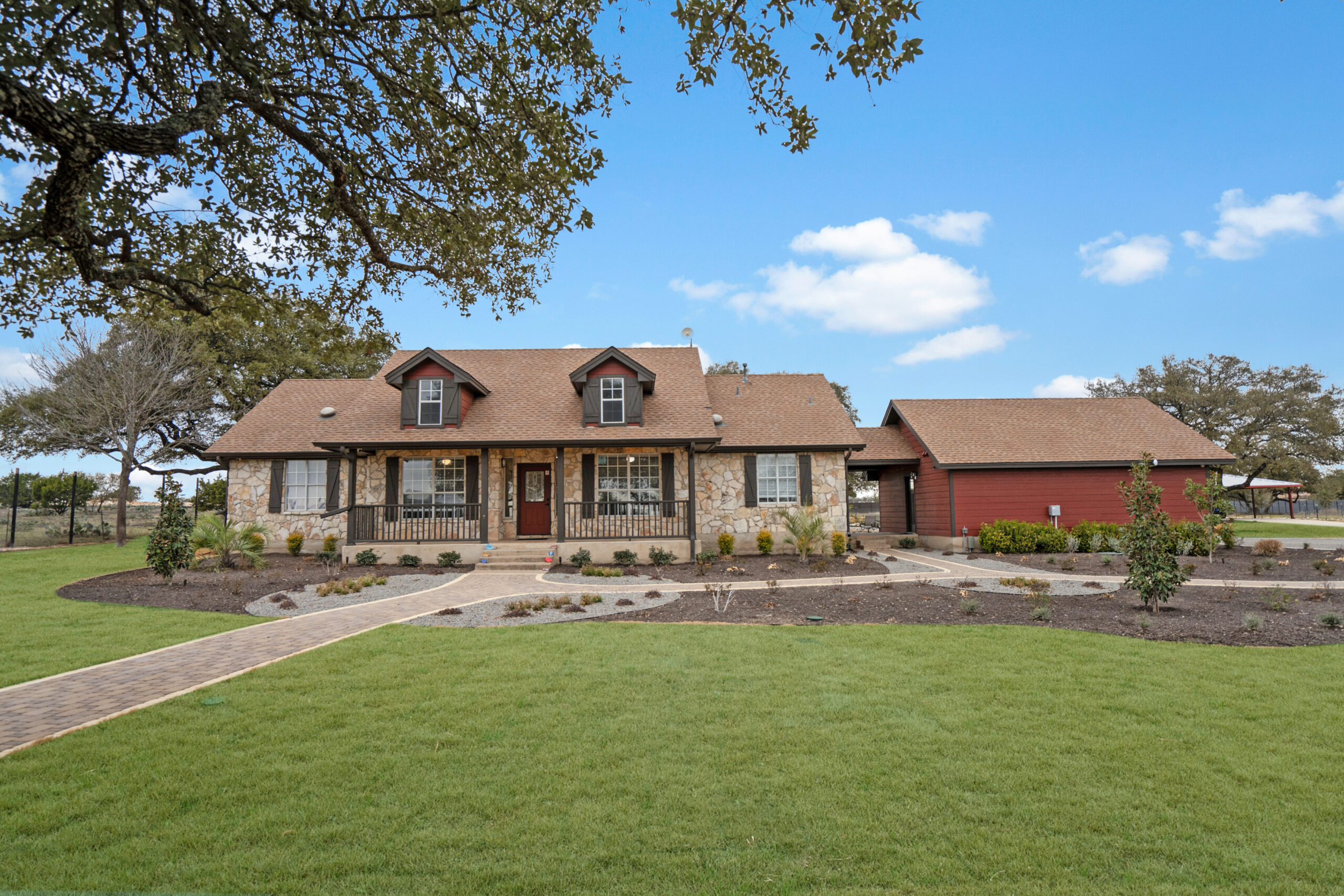Best Residential Treatment for Women with Bipolar Disorder
Women diagnosed with bipolar disorder face a unique set of challenges that can significantly impact their lives. The benefits of women bipolar residential treatment are profound and multifaceted. In such settings, women receive round-the-clock care designed to stabilize mood swings and manage symptoms effectively.
At Alta Loma, a facility specializing in severe mental health challenges, we’ve seen firsthand how vital a supportive environment is in the healing process. Our experience underscores that residential treatment provides crucial structure and a break from potentially harmful environments, enabling women to focus solely on recovery.
Over 20 years in the field, I’ve observed that the structured routine and immediate access to mental health professionals make a significant difference in long-term recovery and empowerment for women with bipolar disorder.
Core Elements of Effective Residential Treatment
The efficacy of women bipolar residential treatment is not merely a result of providing shelter. It involves a comprehensive approach addressing mental, physical, and emotional well-being. At Alta Loma, we emphasize therapy modalities tailored to individual needs.
- Individual Therapy: Focuses on personal triggers and teaches coping strategies.
- Group Therapy: Encourages sharing experiences, providing mutual support.
- Medication Management: Ensures medication regimens are optimized for each patient.
- Cognitive Behavioral Therapy (CBT): Addresses negative thought patterns and behaviors.
These elements synergize to create a holistic treatment plan, fostering sustainable recovery and resilience in patients.
Benefits of Specialized Programs
Women bipolar residential treatment programs often include specialized services that address gender-specific issues. For instance, the inclusion of maternal mental health sessions can be pivotal for women balancing motherhood alongside their condition.
In my practice, I’ve seen mothers find immense relief from discussing childbirth-related concerns in a safe, understanding environment. Offering this support can drastically improve emotional stability and enhance overall treatment outcomes.
Furthermore, incorporating activities like yoga and art therapy can help women express themselves non-verbally, unlocking complex emotions safely. At Alta Loma, these activities are integral to our approach, enriching the healing process.
Such specialized programs not only provide immediate relief but also build a robust foundation for returning to daily life with newfound strength.
How to Choose the Right Facility for Treatment?
Choosing a suitable residential treatment facility can be daunting, but focusing on specific criteria can simplify the process. Here’s a guide to help:
- Assess Accreditation: Ensure the facility is accredited by relevant health bodies, indicating adherence to high standards.
- Review Treatment Plans: Determine if they offer personalized, evidence-based treatment plans that align with individual needs.
- Evaluate Staff Credentials: Consider the expertise of the mental health professionals involved.
- Check Support Systems: Strong aftercare programs are vital for long-term success post-discharge.
- Consider Environment: A calming, supportive atmosphere significantly impacts the recovery process.
These steps will ensure that the chosen facility offers comprehensive support tailored to women’s unique challenges.
What Qualifies as a Women Bipolar Residential Treatment Emergency?
Determining when to pursue women bipolar residential treatment involves recognizing emergency signs like unmanageable manic or depressive episodes, self-harm tendencies, or severe withdrawal from daily activities. These situations necessitate immediate professional intervention.
As a seasoned mental health professional, I’ve encountered numerous cases where timely placement in a residential facility has averted crises, offering women the peace of mind and security to heal effectively.
Additionally, engaging family members in recognizing these signs forms an essential part of the intervention process, a strategy we deploy successfully at Alta Loma.







